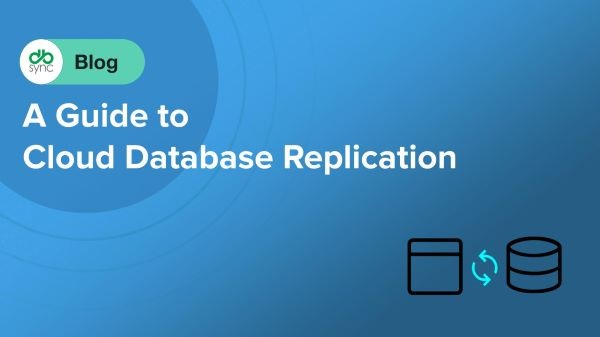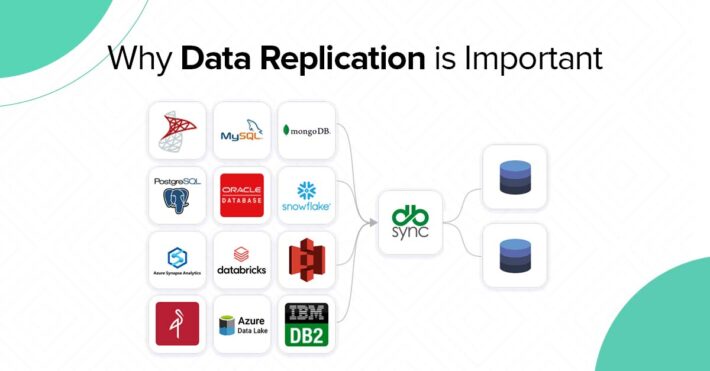How to Increase Customer Loyalty Through Data

Critical to a business’s long-term success is a solid strategy to boost and maintain customers’ loyalties. While attracting customers is one of the most difficult aspects of running a business, keeping them is perhaps the biggest challenge.
Customer Loyalty
Customer loyalty is an ongoing positive relationship between a customer and a business that encourages repeat purchases and existing customers to choose your company over competitors offering similar benefits.
It is not about individual products or services – loyalty results from multiple positive interactions that build trust over time.
One of the ways to create loyalty is through branding. People develop brand loyalty because they associate it with positive experiences, such as excellent customer service, connection to the brand’s values and ideals, and high product quality.
Characteristics of a Loyal Customer
Customers reveal their loyalty in a variety of ways, including:
- Renewing subscriptions regularly
- Showing zero interest in competitors
- Using a variety of channels to engage
- Giving feedback to highlight strengths and areas for improvement
- Advocating and recommending your brand to others
Measuring Loyalty Using Data
Customer loyalty can be calculated by using data to find key insights into user behavior that may shed light on exactly how loyal they are to your business. While gathering multiple data points from different sources is the first step, the ultimate goal is to know what inspires your customers’ loyalty. And this process of collecting and analyzing customer data can be achieved by gaining customer intelligence.
Customer Intelligence
Customer intelligence (CI) is the process of gathering and analyzing information about your customers to create deeper and more effective customer relationships and improve strategic decision-making.
It is a crucial component of effective customer relationship management (CRM), Salesforce, and Microsoft CRM. When implemented effectively, it is a rich source of insight into the behavior and experiences of a company’s customer base.
Customer intelligence starts with reference data. These are the key facts about your customer’s interactions with your company and applications. By extracting this data and correlating it with broader information about competitors, industry conditions, and general trends, one can gain insights into their customers’ current and future needs, how they make decisions, and expectations about future behavior.
This data is supplemented with transaction data (customer activity reports). This includes business information (such as sales purchase history and order processing), phone calls from service representatives, emails, or web browsing interactions to track application usage. You can further add more subjective dimensions in the form of customer satisfaction surveys or representative data.
Building Customer Intelligence
Building customer intelligence requires gathering and tracking multiple data points, such as:
- Website Activity
- Shopping cart activity
- Social Media integration and mining
- The likelihood of renewals for subscriptions
Once the data is tabulated and analyzed, solutions like integrating SaaS applications play a critical role in achieving better customer intelligence.
Integrating Data to Track Data in a Single System
SaaS data integration is essential for the success of Customer Relationship Management. Accurate customer details (the single version of the truth) are critical so all customer service employees (from those who call the customer to those who process the application) have a clear view of the customer and see the same data. Organizations are achieving this by utilizing SaaS integration’s 360-degree customer view to enhance customer retention. Some examples include:
- Managing CRM and Accounting applications to improve cash flow, while improving customer relationships through faster order placement and fulfillment.
- Failures in invoicing or collections negatively impact company cash flow, as well as poor performance in order fulfillment ( either through delayed or non-delivered products, improper declination of credit, or other O2C-related failures) can contribute to dissatisfied customers, and be a reason for customer churn.
- Integrating inventory and accounting so that you always have stock available when customers’ need it
- Customers want instant satisfaction – they don’t tolerate waiting when there are so many options to fulfill their needs. An integrated inventory management and accounting software solution can increase data analysis accuracy and provide valuable insights such as sales forecasts and cash flow. Solutions with real-time visibility will benefit businesses in planning out more accurate inventory stock that helps maintain customer satisfaction and avoid wastage.
Learn the key benefits of integrating your inventory management and accounting applications
Replicating data to a strong base for data analytical tools to increase data insight.
When information is available in a form that organizations can easily manage and analyze, they are more likely to discover patterns and insights that can inform operational and strategic decisions. Data-driven insights provide a foundation for making more informed and reliable decisions.
- Using data to personalize the customer experience with focused offers and marketing plans
- Technical support and helpline services powered by Data, Machine Learning (ML), and Artificial Intelligence (AI) can significantly improve the standard of response and follow-up that organizations can deliver to their consumers. Responsible use and analysis of customer and transaction data enable organizations to personalize their access to individual consumers, leading to greater engagement with brands and more satisfying user or buyer experiences.
- McKinsey reports demonstrate that data-driven organizations with insights into customers are 23 times more likely to collect new clients. They’re also 6 times more likely to maintain the customers they gain.
- Technical support and helpline services powered by Data, Machine Learning (ML), and Artificial Intelligence (AI) can significantly improve the standard of response and follow-up that organizations can deliver to their consumers. Responsible use and analysis of customer and transaction data enable organizations to personalize their access to individual consumers, leading to greater engagement with brands and more satisfying user or buyer experiences.
- Analyzing customer data can help you find upselling opportunities to drive account expansion
- To get a complete picture of your sales development and data, centralize data in an interactive form that enables a “deeper dive” to create upselling tactics that encourage customers to buy more expensive upgrades and/or additional products/services. This, in turn, improves customer service since relevant suggestions can increase customer loyalty and customer satisfaction.
Use Case
DBSync has a comprehensive customer tracking system built to track customer usage and satisfaction to develop our Customer Intelligence.
We use salesforce.com as our CRM application. Amongst the various models that we track, one predicts customer renewals based on the usage of our application.
We define, track and monitor customer use of DBSync to predict renewals and assist customers to continue increasing their use of the application. Our goal is to have each customer at 7 or higher.
Model: Our model y = f(x1,x2,x3,x4) can be best described as
y = A value between 1 (low usage) to 10 (high usage)
x1 = Records processed in last 1 week
x2 = Records processed in the last 1 month
x3 = Records processed in last 6 months
x4 = Date of Customer Acquisition
f(…) = A mathematical weighted model to score the customer.
Capture: Our Extract, Transform and Load for executing this model are as follows:
- The DBSync application is used to extract data from our tracking database into our data warehouses
- DBSync executes data warehouse processes to build the data mart for summarization and aggregation.
- Through data warehouses, we use DBSync to run our Model y =f(x1,..) and populate Salesforce.com customer records.
- Once information is populated in Salesforce.com, we have reports and dashboards for customer usage analytics. These reports are scheduled to be emailed weekly to the Sales and Management team to track and assist our customers.
Conclusion
Tracking customer loyalty is a very important process that all organizations must implement to continuously track customer buying trends to encourage loyalty, and increase business values and profits. Through customer analytics, companies can know the expectations of the customers towards their products. It will drive innovation that will fulfill the expectations of the customers, and consequently, increase sales and improve the profit of the business.
We would be delighted to discuss your use case and explore how DBSync can support your success. Please feel free to Schedule a meeting with us.


